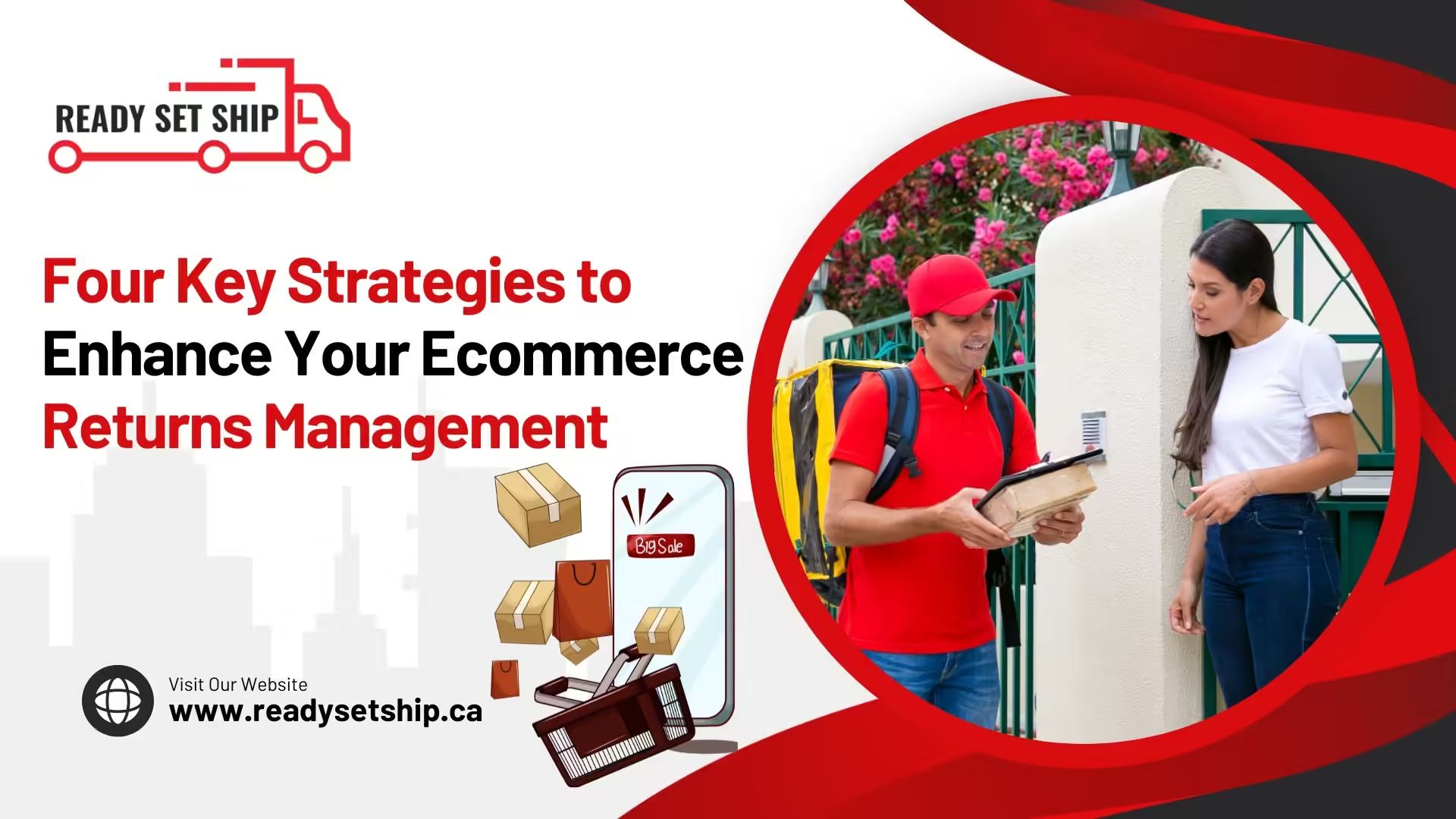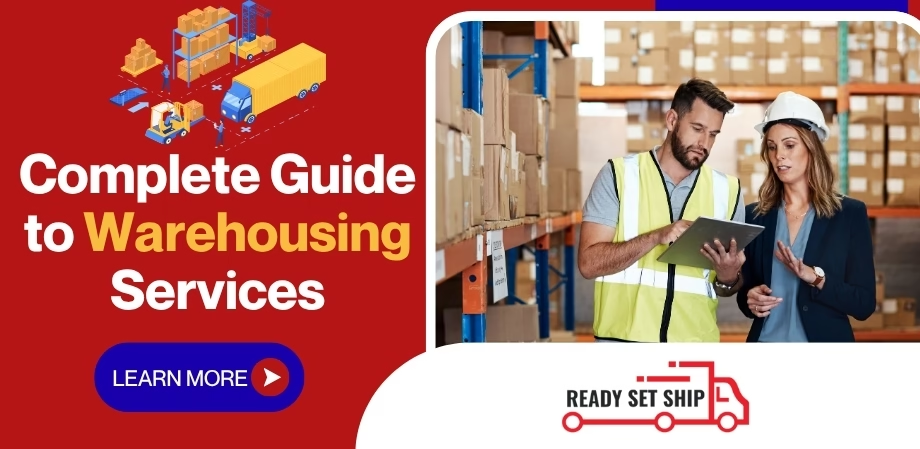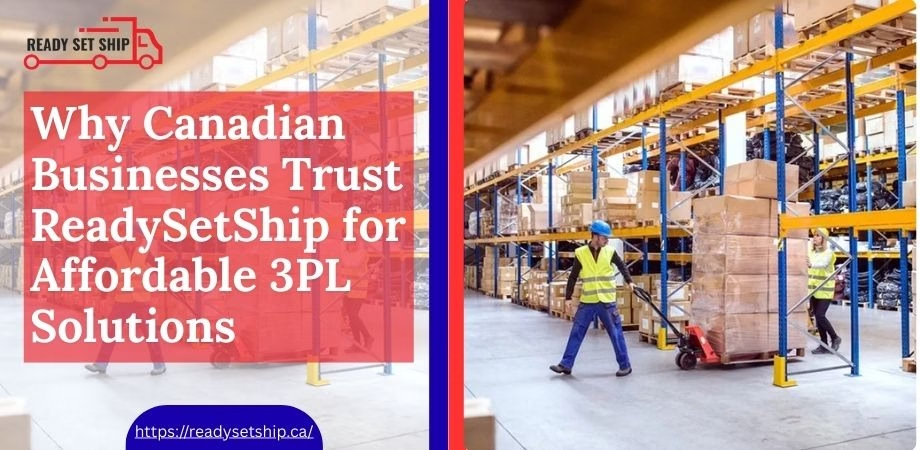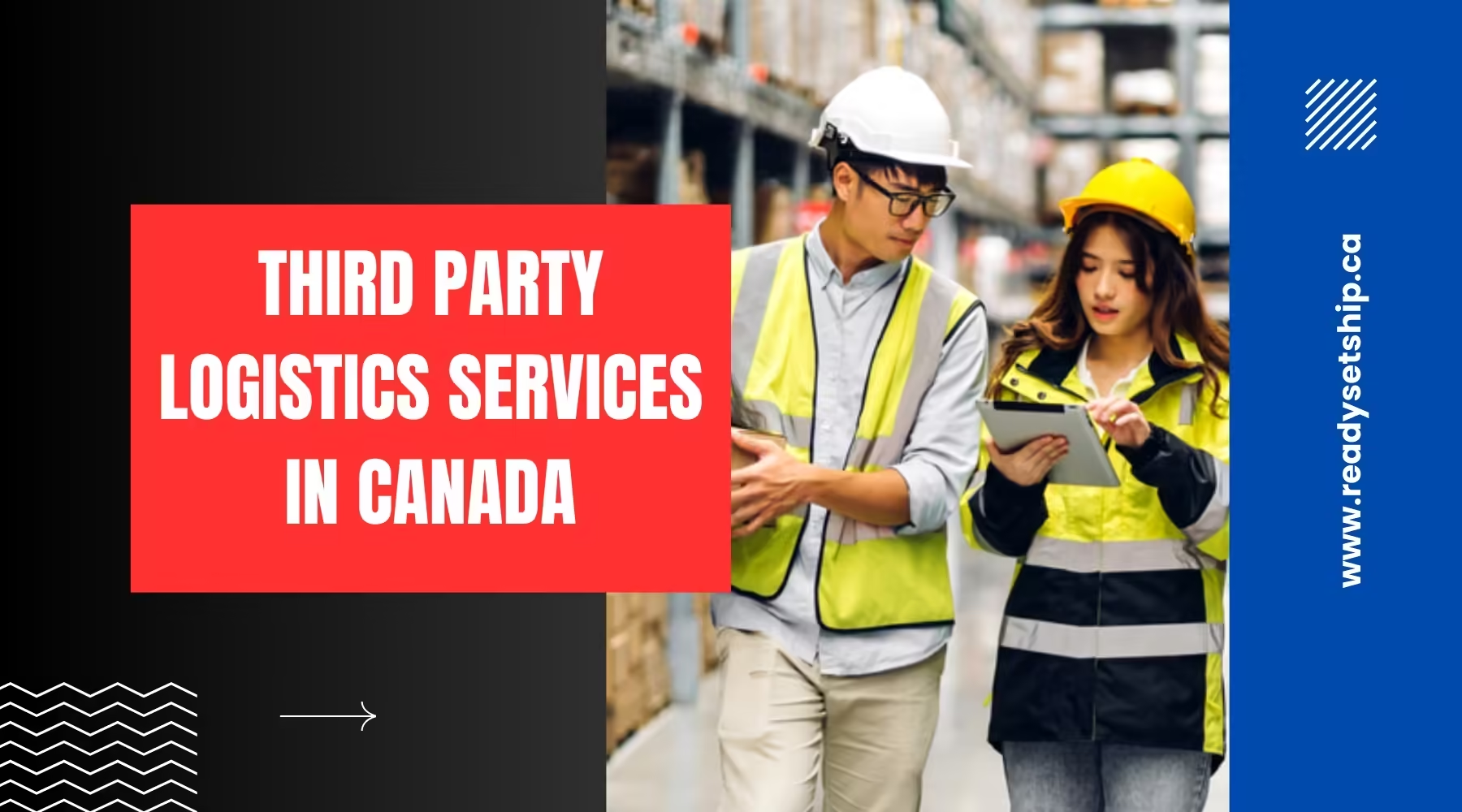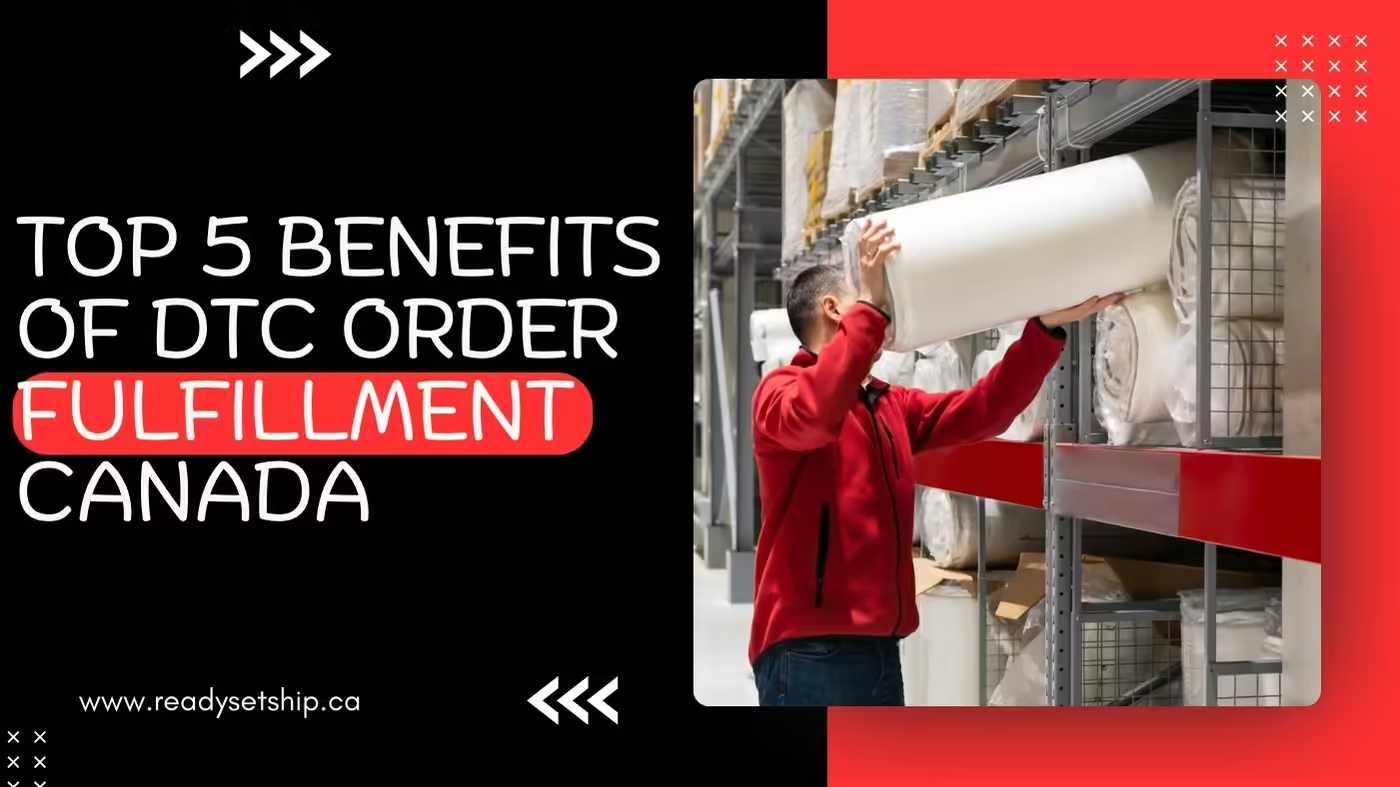Ecommerce has changed the way businesses operate, and returns are now a big part of this change. If your brand doesn’t handle returns well, it can impact your reputation and costs. But don’t worry, improving your returns process can actually make your business stronger. Let’s talk about some easy ways to make returns work better for both you and your customers.
Table of Contents
- Why Optimizing Returns is So Important
- Making Returns Customer-Friendly
- How to Set Up a Program for Reworking Returned Products
- The Importance of Quality Control in Returns
- Why Automating Returns is the Best Choice
Why Optimizing Returns is So Important
When you make returns smoother, you can save money, increase loyalty, and boost your business. Here are the key benefits of improving how you handle returns:
- Better Profit Margins: If your business can refurbish returned items and sell them again, you’ll recover some of the money. The more efficient your process is, the better your profit margins will be.
- Happier Customers: How you handle returns affects your customers’ opinions. If you make it easy to return items, customers are more likely to buy from you again.
- Faster Turnaround: Everyone wants to know when they’ll get their refund. If your system is well-organized, you can process returns quickly, which makes customers happy.
- Less Waste: Returns can give you useful data. You’ll be able to figure out which products don’t work and maybe even recycle or reuse parts to reduce waste.
Industry Tip: If you work with third-party fulfillment services (3PL), make sure to ask them how they handle returns. Some may only offer basic services, while others may provide more help with customer communication and processing returns.
Making Returns Customer-Friendly
Your customers should be at the center of everything when it comes to returns. Here’s how to make the process easier for them:
- How do customers start a return?
Can customers return items by phone, email, or live chat? Are the instructions and return labels included in the package? It’s important that your return policy is clear and easy for customers to follow. - Are the shipping instructions clear?
Make sure customers know exactly where to send the return. Avoid confusion by providing simple, easy-to-follow instructions. For example, pre-fill return addresses for customers so they don’t have to search for them. - Notifications for Transparency:
Keep customers updated when their return is processed. Let them know when it’s received and when to expect their refund. By sending updates, you’ll reduce customer service calls asking about the status of refunds.
Industry Tip: If you’re selling internationally, make sure you have a clear plan for handling returns. Returning products from different countries can be tricky, so having a process for dealing with customs fees and duties will save you a lot of trouble.
How to Set Up a Program for Reworking Returned Products
Depending on what you sell, you may be able to repair or refurbish returned products and put them back in your inventory. This can help you recover value from returns, especially for non-consumable goods like electronics or clothing.
Many third-party logistics providers offer rework services that can help you handle returned items. This can save you money by eliminating the need for a separate company to inspect and fix the products. Here’s how it can help:
- You won’t need to hire an outside company to check or fix returned items.
- You’ll save on shipping costs for sending items back and forth.
- You can reduce waste by properly refurbishing products and getting them back into your inventory quickly.
The Importance of Quality Control in Returns
Once returned products reach your warehouse, it’s important to have a clear system for handling them. This means checking the quality of the items, organizing them properly, and deciding whether they can be resold or need to be recycled.
- Speed and Efficiency Matter:
You need to quickly decide whether a returned item can be resold or needs to be disposed of. Having a well-organized process will help you get returns back into your inventory quickly and get rid of waste efficiently. - Clear Documentation:
The more you track and document returns, the more information you’ll have to improve your process. For example:- Traffic Patterns: Just like orders, returns also follow patterns. You’ll see certain days with more returns. Tracking this can help you plan staff and manage busy periods better.
- Intake Process: How quickly do you open and process returned items? Tracking this can help speed up the process.
- Product Classification: Make sure there’s a simple system for sorting returns to decide what to do with them (resell, recycle, dispose).
- Dedicated Returns Team:
Processing returns is a specialized task. By having a team focused only on returns, you can make sure everything gets done right.
Industry Tip: Returns can come through different carriers (USPS, UPS, FedEx, etc.). It’s a good idea to build relationships with all carriers so that you can streamline the process and work together efficiently.
Why Automating Returns is the Best Choice
Using software to manage returns can save time and reduce errors. If you work with a 3PL provider, they may offer automated tools that integrate returns tracking directly into their system.
Automation can help in many ways:
- Customer Communication:
Automating emails to let customers know when their return has been processed and their refund is on the way can save you time and improve customer satisfaction. - Shipment Tracking:
Customers often ask, “Where is my return?” With automated tracking, you can update them on the status of their return at every stage. - Inventory Management:
If you manually add returned items back to your inventory, there’s a chance of errors. Automating this process can ensure accuracy and speed up restocking.
Industry Tip: By adding reverse logistics data into your fulfillment system, you can gain better visibility into how returns are impacting your business. This transparency helps you identify areas where you can improve.
About DCL Logistics
At DCL Logistics, we focus on providing hassle-free fulfillment for growing brands. With over 40 years of experience, we offer a range of fulfillment services that allow businesses to grow without compromising on quality or customer satisfaction.
Brands like GoPro, Magic Spoon, Shokz, and Maude have trusted us to manage their fulfillment needs. If you’re looking to partner with a reliable fulfillment provider, get in touch for a quote today.

